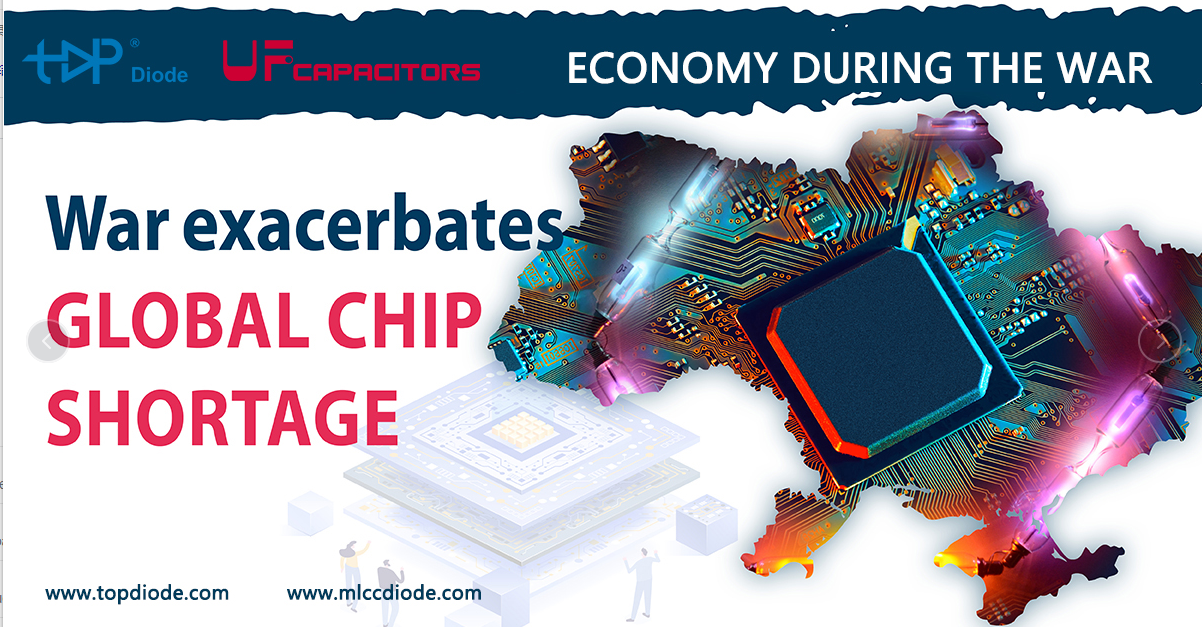Russia has restricted exports of noble gas, including neon and helium, based on approved government decrees.
These gases are indispensable raw materials for the production of semiconductors.
Russia supplies up to 30% of the world's inert gases. The government document said that exports of noble gas can now only be carried out on the basis
of the government's decision on the advice of the Ministry of Industry and Trade. This could adversely affect global chip supply.
Vasily Shpak, Deputy Minister of Industry and Trade of Russia, said on Thursday (June 2) that the policy of restricting the export of rare gases will continue
until the end of 2022 to strengthen its position in the international market.
Helium and neon are both important components needed to make chips. Neon, in particular, plays a key role in the manufacturing of advanced semiconductors.
Ukraine, once one of the world's largest suppliers of the noble gas, produced about half of the world's neon gas before factories in Mariupol and Odesa
were shut down by the fighting in March.
Spark told Reuters that Russia's move would provide an opportunity to "rearrange those chains that are now broken and build new ones".
The Russian government has said on May 30 that until December 31, the export of noble gases that Russia used to offer to Japan and other countries will
only be carried out with special permission from the state.
Russia currently accounts for 30 percent of the global supply of rare gases, according to estimates by the Russian Trade Ministry.
India's "Economic Times" (The Economic Times) said that according to a resolution of the Russian cabinet of ministers, now only the Russian government
can decide whether these rare gases can be delivered to the outside world.
Sources told the outlet that it would be more difficult for some countries to produce electronics without Russia's neon, argon and helium.
Russia's export restrictions could exacerbate supply constraints in the global chip market. The move could allow Russia to export these gases in exchange for semiconductor imports.
Taiwan, the world's main chip-producing region, imposed restrictions on chip exports to Russia after the war between Russia & Ukraine on February 24.
The Russian Ministry of Industry and Trade has confirmed that the agreements already reached will be taken into account when making decisions on the
export supply of these gases.













